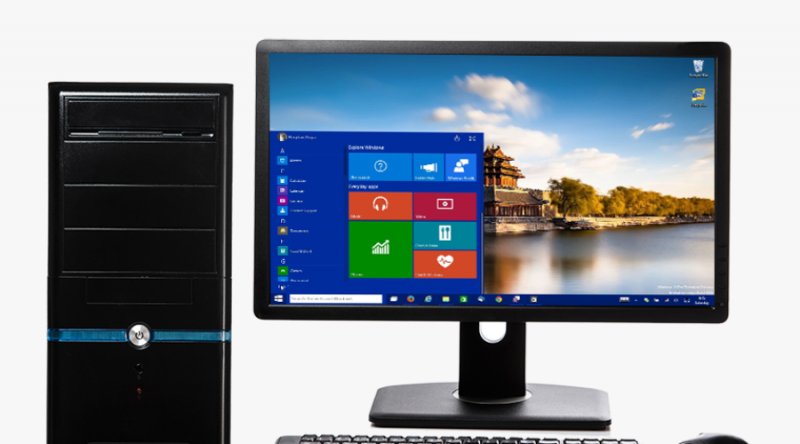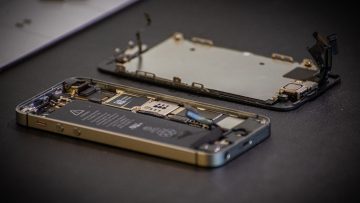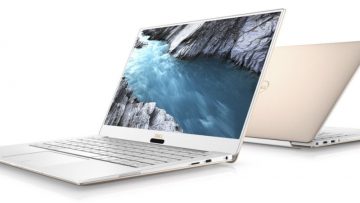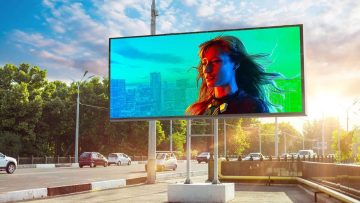Computer PNG (Portable Network Graphics) is the format is used for lossless compression of images. Graphics Interchange Format (GIF) has almost entirely been replaced by PNG.
Similarly to GIFs, PNG files are lossless compressed, meaning that when the file is decompressed during viewing, all image information is restored. The PNG format is not intended to replace the JPEG format, which is “lossy,” but lets the creator trade off image quality for file size. The compression rate of a PNG file is usually 10 percent to 30 percent higher than the compression rate of a GIF file.
PNG File Format
The PNG format includes these features:
⦁ There is not only the ability to make one color transparent, but also the ability to control the opacity, or degree of transparency.
⦁ Image interlacing is supported and the image develops faster than with interlaced GIFs.
⦁ Using gamma correction, you can adjust the brightness of the colors in an image according to the display manufacturer’s specifications.
⦁ True color images can also be saved along with palettes and grayscale images.
PNG vs. JPEG
There are several differences between JPEG and PNG, the two most commonly used image file formats on the web.
In 1986, JPEG (Joint Photographic Experts Group) was created. In addition to taking up very little storage space, this image format can be uploaded and downloaded very quickly. JPEGs are perfect for real-life images, such as photographs, since they can display millions of colors. Social media posts work well on them and they work well on websites.
JPEG files are “lossy,” which means that when data is compressed, redundant (redundant) information is permanently removed from the file, resulting in some quality loss.
For uploading pictures to the web, JPEG is the default file format unless they contain text, need transparency, are animated, or would benefit from color changes, such as logos.
Nevertheless, JPEGs aren’t good for images that contain very little color data, such as screenshots of interfaces and other computer-generated graphics.
PNGs have the advantage of lossless compression, which means that when a file is opened and saved again, the quality will not be lost. The PNG format is also good for displaying detailed, high-contrast images. Because PNG does not compress pixels together, it provides a near-perfect pixel-for-pixel representation of the screen instead of compressing them.
It is also important to note that PNG supports transparency. The pixels in PNG files can be transparent, allowing users to create images that overlay neatly with the contents of websites and images.
The uses of Computer PNG
PNG can be used for:
⦁ Drawings, illustrations, comics, and photos with line art.
⦁ Text that has been scanned or photographed, such as a handwritten letter or a newspaper article.
⦁ The use of charts, logos, graphs, architectural plans, and blueprints.
⦁ A page layout made in Photoshop or InDesign and then saved as an image contains text.
The advantages of Computer PNG
PNG has the following advantages:
⦁ After image compression, there is no loss of detail or quality.
⦁ This format supports a wide range of colors, making it suitable for both photographs and graphics.
⦁ A transparent area can be compressed with support for transparency.
⦁ The lossless compression makes it perfect for storing digital images for editing.
⦁ Images containing text, line art, and graphics benefit from sharp edges and solid colors.
Computer PNG has the following disadvantages:
⦁ Digital images are compressed at a larger size, resulting in a larger file size.
⦁ CMYK (cyan, magenta, yellow, black) color spaces aren’t supported, which makes it unsuitable for professional-quality print graphics.
⦁ Most digital cameras do not embed EXIF metadata.
⦁ Has unofficial extensions that support animation, but does not support animation natively.
The history of Computer PNG
PNG was developed by Thomas Boutell’s Internet working group, which came together in 1994 to create the format. There was already a well-established GIF format at the time. Besides providing an image format that didn’t need a patent license, they wanted to increase color support.
In image-handling software, GIF formats were owned by Unisys, and licensing or other legal considerations were involved. While Web users could create, view, and send GIF files for free, they could not develop software that created them without an arrangement with Unisys.
It took only a week for most of the major PNG features to be proposed and accepted after the first PNG draft was released on January 4, 1995. The group produced seven drafts in the following three weeks.
The specifications (draft nine) were in place and accepted by the beginning of March 1995. PNG was first recommended by the W3C in October 1996. There were additional versions released in 1998, 1999, and 2003, when the standard became international.





